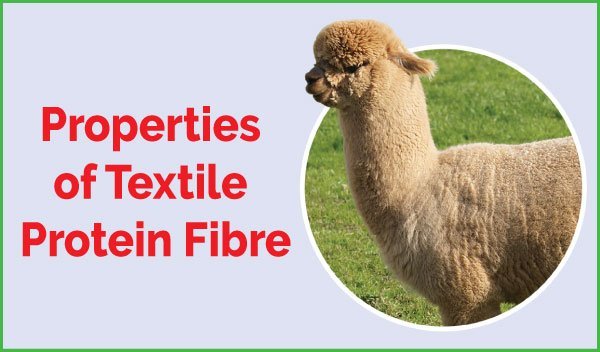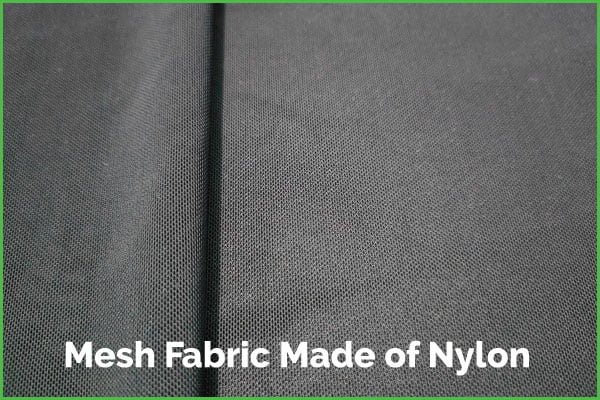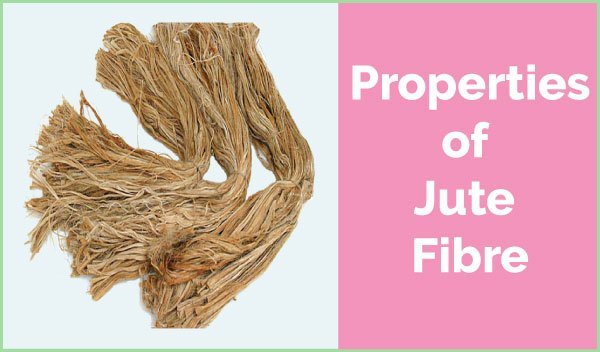Properties of Textile Protein Fibre
Last updated on August 9th, 2023 at 01:14 am
Protein Fibre Properties
Natural protein fibres are of animal origin. These are those fibres in which the fundamental chemical structure is composed of amino-acids joined in poly peptide chain. All protein fibres comprise the elements, carbon, hydrogen, oxygen, and nitrogen. Wool comprises sulphur as well. In each protein fibre these elements are combined in diverse arrangements. As a result properties of the various protein fibres may show some striking differences.

However, these share so many of common properties –
Strength
Except silk, tend to be weaker than cellulose fibres and they are weaker when wet than dry. Therefore they have to be handled attentively. During washing wool looses 40% of its strength.
Density and Specific Gravity
Their density and specific gravity tend to be lower than that of cellulose. Fabrics made from these strands are felt lighter in weight than comparable fabrics made from cellulose.
Resiliency
These strands have greater resiliency than cellulosic. They are more resistant to wrinkling and hold their shape.
Thermo Chemical Properties
These strands do not burn easily. When set a flame they may extinguish themselves. Burned strands smell like burning hair, flesh or feathers. They form a black crushable ash.
Heat Resistant Properties
These strands tend to be destroyed by dry heat. Wool becomes harsh, brittle and scorches readily with dry heat. It should be ironed as in the case of silk, with a press cloth or steam. White silk and wool turn yellow. They need lower ironing temperature than cotton and linen, with recommended temperatures around 5000F.
Hydroscopic Nature
These strands have excellent moisture absorbency and they absorb extra moisture at the saturation point. Therefore they are easy in wet damp climate though they tend to be warmer than cellulose fibres. Moisture prohibits brittleness in carpets.
Static Electricity
They are poor conductors and hence build up static charge, so the resulting yarns and fabrics tend to be release much static electricity, although this problem is subsided in presence of moisture.
Alkali
Natural protein strands have poor resistance to alkalis and can be dissolved in 5% solution of NaOH at low boiling point. When washing neutral or little alkaline soap or detergent should be utilized. Perspiration weakens the strands.
Bleaching
Chlorine bleaches destroy fibre and therefore should not be used. Fabrics can be bleached safety with hydrogen peroxide.
Sunlight
Sunlight discolors fabrics made from protein fibres, turning yellow after extended exposure. Although wool has better resistance to sunlight than cotton, it will degrade prolonged exposure to sunlight.




Wonderful write up